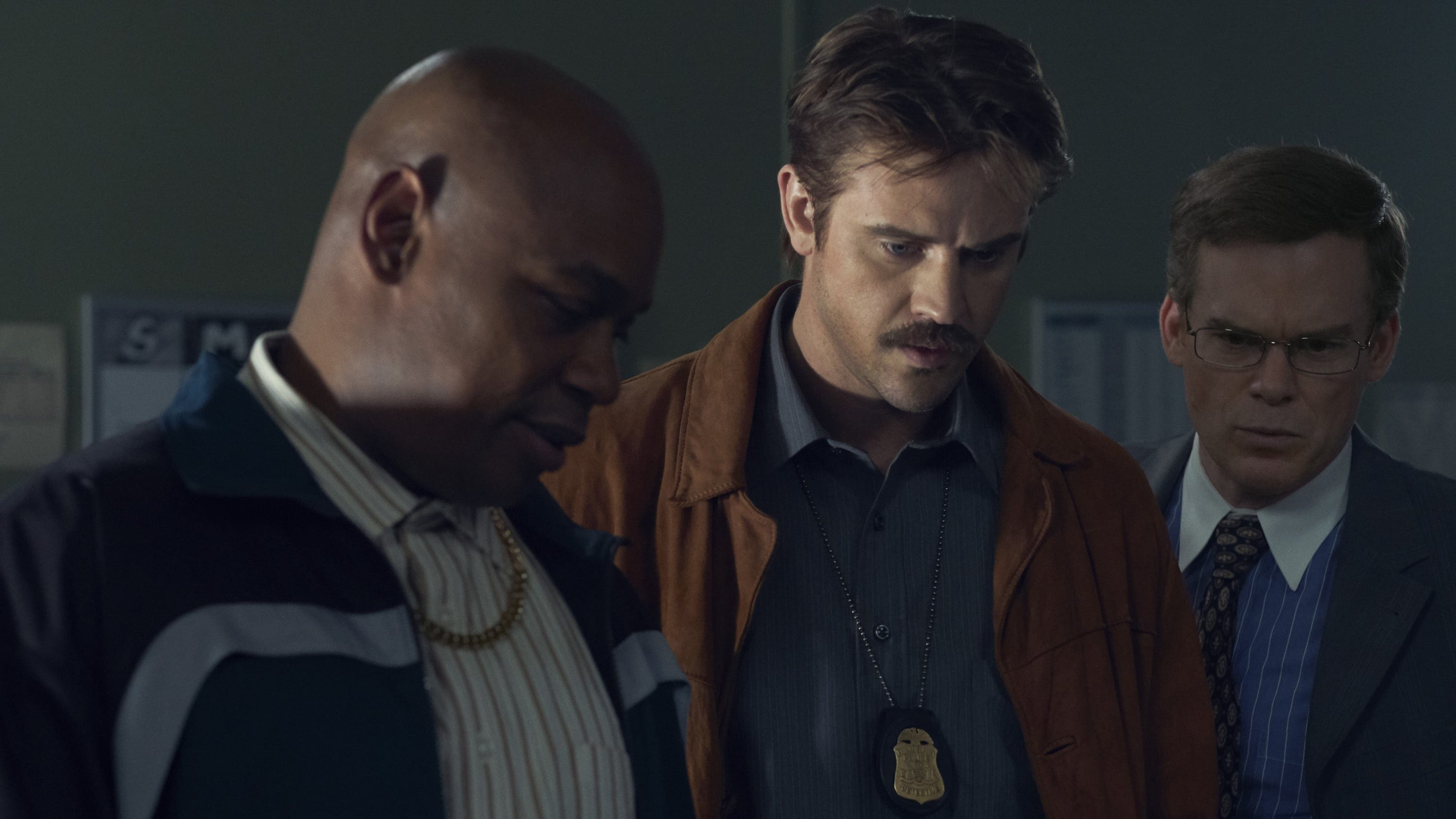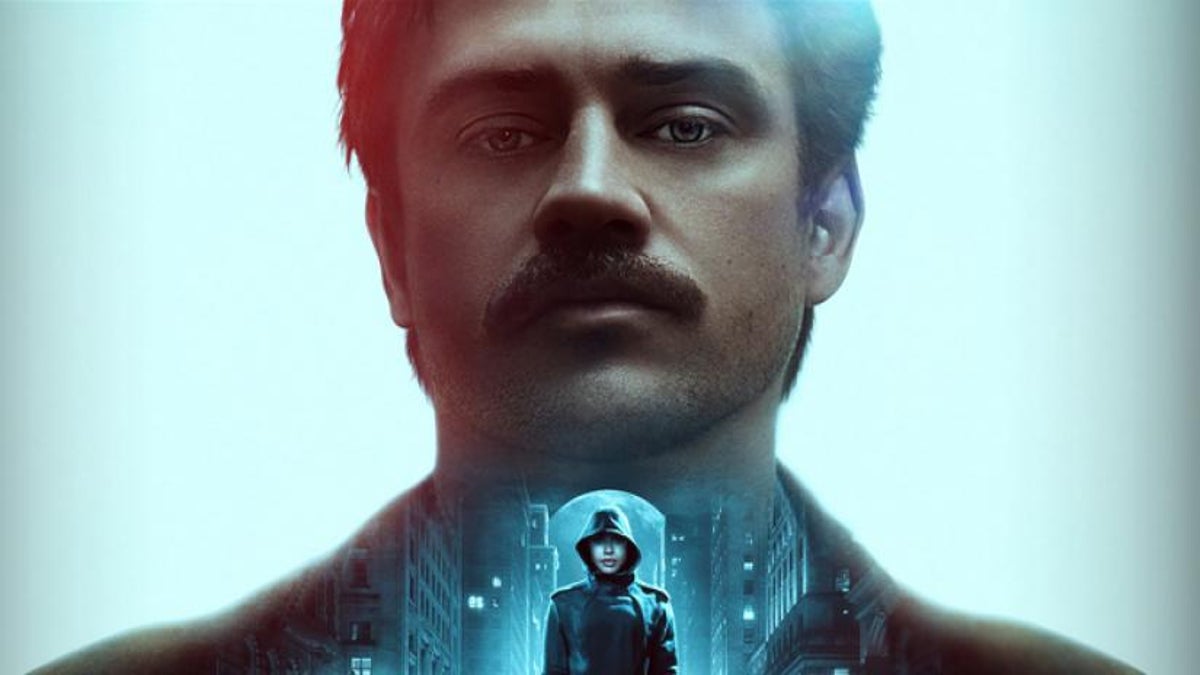Surely, you would have come across the ‘Baby Hitler’ theory, the hypothetical concept linked to time travel, wherein it is assumed that all the atrocities that Hitler caused over the Second World War and his life, otherwise, could all be undone if someone travelling back in time would strangle baby Hitler himself. Of course, the “hypothetical” in that theory stems from the variability of time travel, sci-fi’s favourite movie trope, second only to space. This is rooted in the yet again hypothetical belief, that all time and events occurring across it are predestined, and that the future can’t be changed. Yet still, a number of successive movies have pushed that envelope of that thought by going further, deeper, and adding more complexity to the bout, trying to get to the very genesis of the problem one was trying to exterminate.
The same has been referenced quite a number of times in almost all films that deal with the same hypothesis, or a time paradox. For me, this has been an ever endearing and endlessly fascinating concept to explore over the cinematic medium, and this branch of sci-fi has also given me some of the best films I have ever watched: Predestination, Looper, The Terminator, Donnie Darko, Edge of Tomorrow, and so on. The list is basically endless, and the latest to be added to that vast gamut of films is Netflix’s original thriller, ‘In the Shadow of the Moon’.

The film deals with a cop, Thomas Lockhart, hungry on his way to become a detective, in 1988 Philadelphia whose regular night of patrolling goes for a toss when multiple people are killed by haemorrhaging under mysterious circumstances with no apparent links except a mark behind their necks. The potential killer is recognised shortly after through clues from a recent victim, but mortally slips through Thomas’ hands, with the night ending in tragedy for Thomas.
Even as he tries to move on, the killer strikes again every nine years, claiming lives the same way. With the case defying any possible scientific explanation, Thomas dives deeper into the case losing his grip over his own personal life, waiting for the same day every nine years when the killer resurfaces. How Thomas solves the mystery of this killer forms the rest of the film.
‘In the Shadow of the Moon’ traverses multiple genres on its course to reach the ending, starting out as an investigative thriller and murder mystery, and by the half-time mark, fully escalates into science fiction with a dash of familial drama along the way. I am not going to spoil the ending for you, but I will state that it’s almost too perfect. With that, I imply that it wraps up everything, every single mystery it raised over the course of its runtime in a neatly packaged box, and hands it to you, to the tunes of Everyone’s Gone To The Moon by the eternal Nina Simone. I sure liked the journey it took me through, but it made me miss the head scratching I am usually used to after the lights go out on one of these films. In a nutshell, the final revelation isn’t something you haven’t seen before, and the film would have been better off it didn’t try to feel like it.

Performance wise, Boyd Holbrook is singularly the spine of the film, and it’s his obsession with the case and the downward spiral he leads himself into tailing it that hold the film together when the script begins to meander somewhere near the middle. Michael C. Hall, Cleopatra Coleman and Bokeem Woodbine lend able supporting shoulders, but this is Holbrook’s film. He ably carries himself through the transformations his character goes through over the half a lifetime this story is told.
I have always believed the depiction of time travel in sci-fi movies to be a double-edged sword. Since it isn’t a reality as of now, it has allowed a number of filmmakers to treat it as a playing ground, with some excellently innovative results. On the other hand, absolutely none of these fantastic films are devoid of potential loopholes. If you are ready to discard those and keep your expectations in check, this can be a fun watch. Don’t expect it to blow your mind, but allow it to tend to it.
Rating: 3/5

